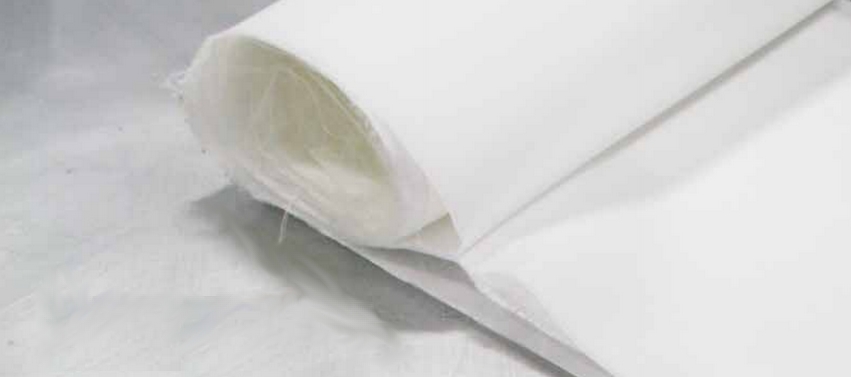
By Mike Barnard
Much ado is sometimes made regarding amine blush but it’s easily avoided and easy to remove— especially if you use 879 Release Fabric.
When most epoxies are exposed to the atmosphere (especially cold and damp conditions) a secondary chemical reaction can occur at the surface of the epoxy, leaving a waxy-looking by-product called amine blush. This water-soluble film appears only at the end of the cure cycle, and never at all when WEST SYSTEM® 207 Special Clear Hardener is used.
To dissolve blush, dip a scrub pad, like a 3M Scotch-Brite pad, in clean water, wring it out and wipe across the surface. Follow this by wiping with white paper towels. to remove the dissolved blush before it dries on the surface.
A scrub pad creates fine scratches on the surface, but this is not actually problem. Since the epoxy has cured to a solid state, a new application of epoxy will not chemically link with it anyway, which is why it is necessary to create a roughened surface to facilitate a mechanical bond by sanding 80-grit sandpaper before recoating.
Chemical bonding, which is achieved by recoating before the first coat is completely cured, is stronger than mechanical bonding. As long as the first layer of epoxy is wet, sticky, or tacky, it is advisable to add the second coat of mixed epoxy, thereby avoiding blush in the first coat. However, there are times when you will want the epoxy to fully cure before you move on to the next step. These are the times when the 879 Release Fabric comes in very handy.
Release Fabric offers several advantages in epoxy coating applications. Just one layer over a wetted fiberglass laminate is easily smoothed with a plastic squeegee and removes irregularities and trapped air from the surface. Excess resin will seep through the weave of the Release Fabric, leaving the laminate with a higher fiber-to-resin weight ratio. The result is a strong, lightweight laminate. The Release Fabric protects the wet fiberglass cloth as it cures and allows you to level layers of fiberglass without damaging the fabric. It’s left in place until the epoxy cures, and can be left on the surface for an extended period, such as when you want the laminate protected while you complete other work on the project.
Any time after the epoxy is cured, the Release Fabric is easily pulled away. The fabric leaves a weave texture on the fully cured epoxy, which makes it ready to accept a mechanical bond without sanding. In addition, amine blush cannot form under the Release Fabric. Any blush will actually be on top of the fabric, occurring on the epoxy that seeped through to the top of the fabric and was exposed to moisture in the air during cure. Because of this, any blush is peeled away and discarded with the used release fabric.





